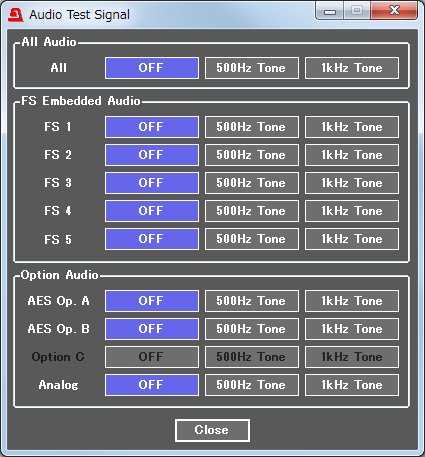Features
Video
HDR*, WCG-conforming upgrades with an eye toward next-generation production (environments) have been implemented.
Registration of Log Gamma curves for HDR (High Dynamic Range)* processing
HDR (High Dynamic Range) video now supported. Necessary Log Gamma curve files for signal conversion can be registered to the main unit, and to allow an appropriate Log Gamma curve to be assigned.
Conforms to ITU-R BT.2020 WCG(Wide Color Gamut) specifications.
Conforms to ITU-R BT.2020 Wide Color Gamut standards, allowing for ITU-R BT.2020 / ITU-R BT.709 interconversion.
4K 2SI signal support
Until now, only 4K SQD (Square Division) signal support was available, but with a software upgrade, 2SI (Sample Interleave) signal is now also supported.
Frame rate conversion function
2x, 1/2x frame rate converter (29.97p to 59.94p, 50p to 25p, etc.) has been installed.
Low frame rate (23.98p, 30p) 4K camera signal now also supported.
Low frame rate (23.98p, 30p, etc.) 4K camera video output is now available.
- Not compatible with OOTF for Hybrid Log-Gamma (HLG) as specified in BT.2100. Thus, in conversion between HLG and other gamma curves (SDR or SMPTE ST 2084), scene-referred conversion is available but not display-referred conversion.
Frame synchronizer
FOR-A's frame synchronizers have always exhibited superior performance when processing poor quality video signals. Frame, Line, and AVDL synchronizer modes are available. Every mode allows both H and V ancillary data to be passed through*.
- Different input/output formats may limit the number of packets that can pass through.
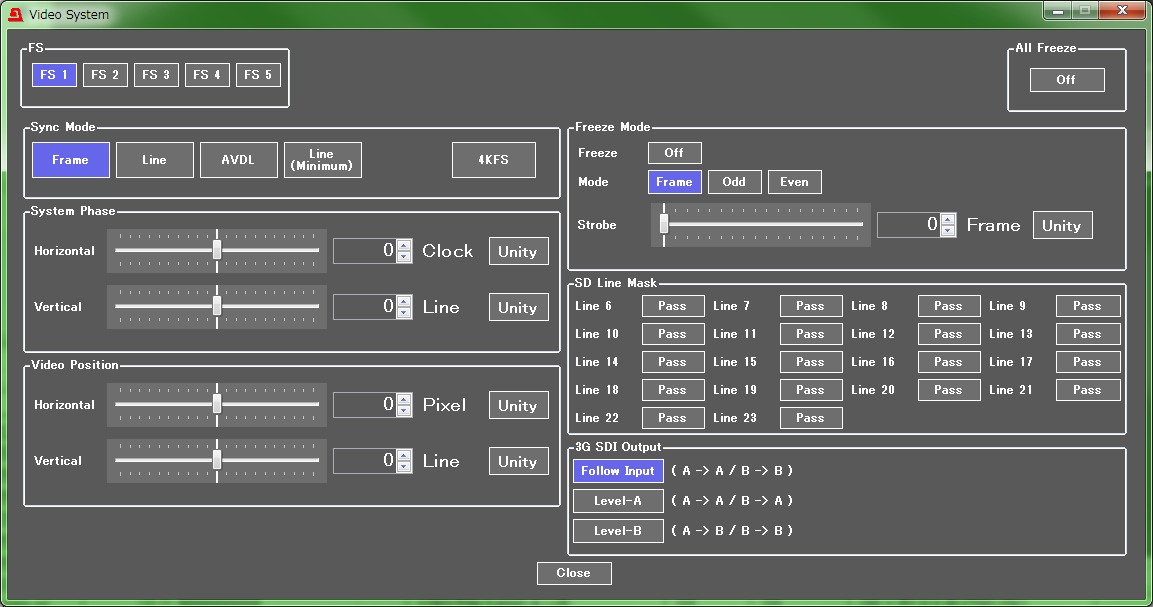
Frame Sync mode
Aligns the output with a genlock signal and can be used whether or not the genlock signal and video input signal are synchronized.
Line Sync mode
Locks the output to a genlock signal within a range of ± 1/2 lines and can be used only when the video input and genlock signals are synchronized.
AVDL mode
Locks the output to a genlock signal with a constant time offset of 5H in HD and 1H in SD. The feature can only be used when the video input and genlock signals are synchronized.
Line Sync (Minimum) mode
Outputs the input signal with minimum delay. It can be used only when the video input and genlock signals are synchronized.
Proc. Amp.
Allows video, chroma and black levels and HUE to be adjusted. Individual channels are also able to be adjusted and to control multiple channels collectively via channel link. A split view function allows pre- and post-correction results to be examined.
Up/down/cross/aspect converter
Up/down/cross/aspect converter function also available on each processing circuit. 3G, HD, and SD can be mutually inter-converted.
- Up converter: Converts SD to HD, HD to 3G, and SD to 3G.
- Down converter: Converts 3G to HD, 3G to SD, and HD to SD.
- Cross converter: Converts 1080i to 720P and 720P to 1080i.
- Aspect converter: Perform various forms of aspect ratio conversion, including letterbox and side cut.
Color corrector
FOR-A’s color corrector, with its proven track record in the broadcasting industry, comes standard on each channel. Three available color correction modes can be freely used on the five input channels, with color adjustment performed alone or in groups. It is even possible to link channels while maintaining differences between parameters.
- Balance mode: Provides RGB color correction
- Differential mode: Provides color correction without upsetting white balance
- Sepia mode: Converts colors into a monotone or sepia
Each parameter comes with a Unity button, a familiar FOR-A color correction feature that allows parameters to be restored to their default state with the push of a button.
A split view function allows pre- and post-correction results to be examined. Also able to be used as a 4K color corrector in 4K mode.
Clip function
The FA-505 has inherited another set of familiar FOR-A color corrector features, Y/PB/PR and RGB clip functions that allow color information to be kept within an optimal range.
- Y/PB/PR clip: Adjusts excessively bright or dark color information within a range using white and black clip functions while maintaining white balance.
- RGB clip: Adjusts excessively bright or dark color information within a range using white and black clip functions, compensating for unintended color information generated during recording.
Selector functions on SDI input and output
The FA-505 comes with an SDI input and output selector function, allowing for the input processing path and output terminal to be selected.
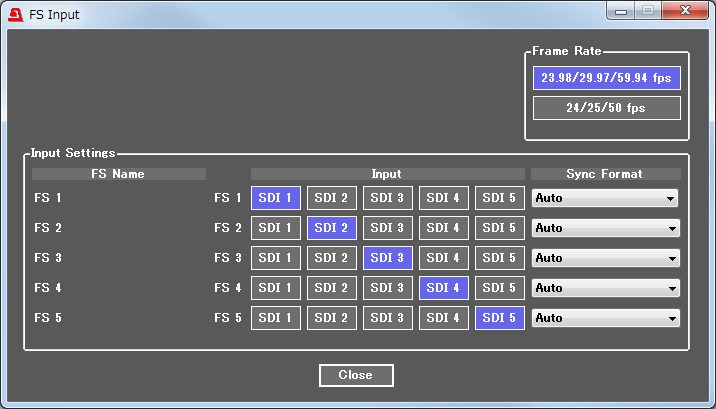 ?
?
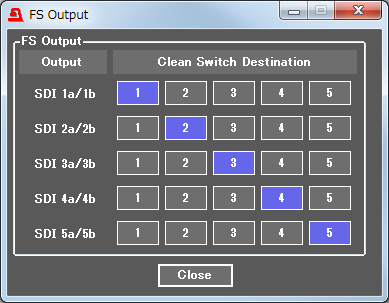
Clean switch
The output unit comes equipped with a clean switch that delivers smooth changeover of both video and audio, free from noise and shock. Switching methods include Direct Mode, which allows direct crosspoint operation, Take Mode for switching multiple crosspoints using a single Take operation, and Salvo Mode, which saves and switches cross point settings all at once. Clean switching allows the FA-505 to be utilized as a processing-based routing switcher.
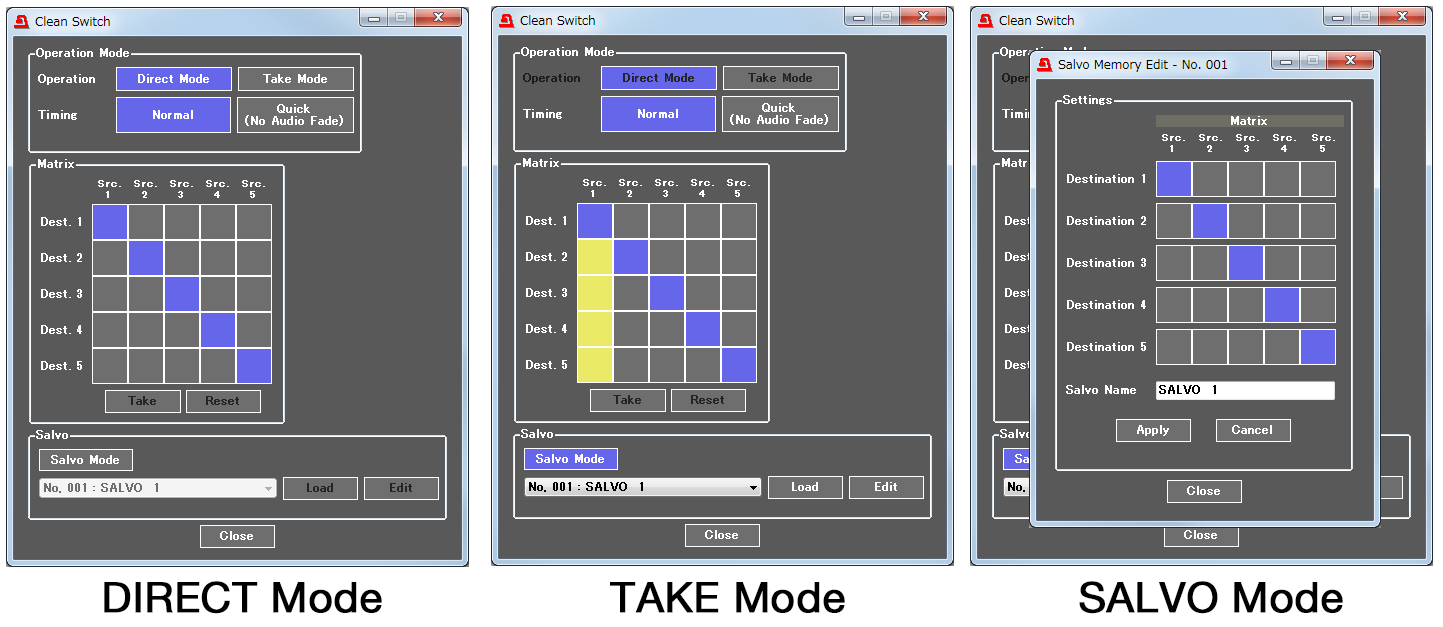
Delay adjustment
The FA-505 comes equipped with a frame buffer that stores up to 8 frames. Delay adjustments can be individually applied to each channel.
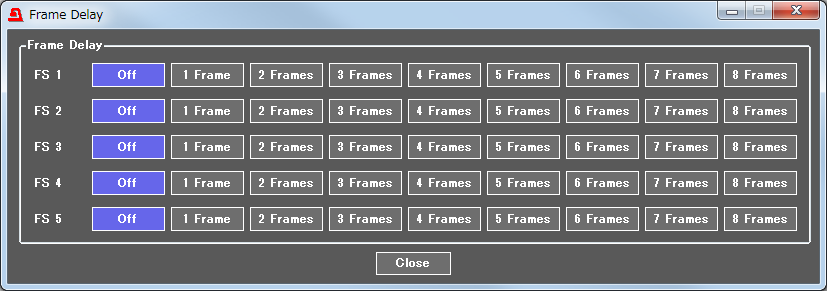
Input and output bypass
The FA-505 comes equipped with a bypass function that allows video to bypass processing and be output in case of power failure or an emergency.
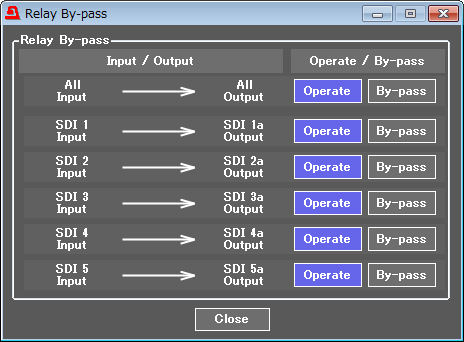
ANC MUX/DEMUX
Ancillary (ANC) signal that is superimposed on video signals are first isolated, then processed separately, from the processing circuits. Whether to have ANC data pass through directly on each channel, or to have the superimposed ANC data re-superimposed or left blank, can be selected.
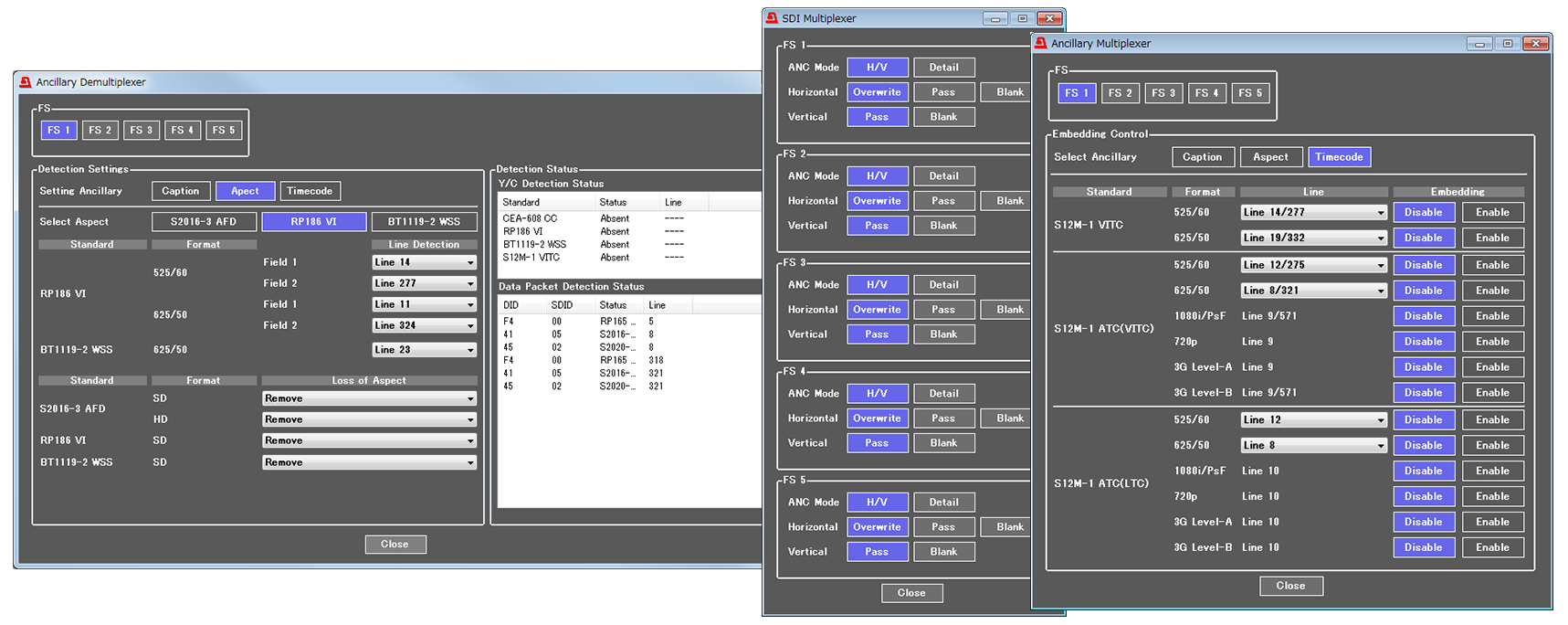
Time code inserter/generator
In addition to inserting external LTC time codes, use of the internal time code generator can be selected. For each channel, select whether to Pass or comply with the external or internal TC. The built-in LTC connector can be used not only for external LTC input but also as the external output of the internal TC (selectable).
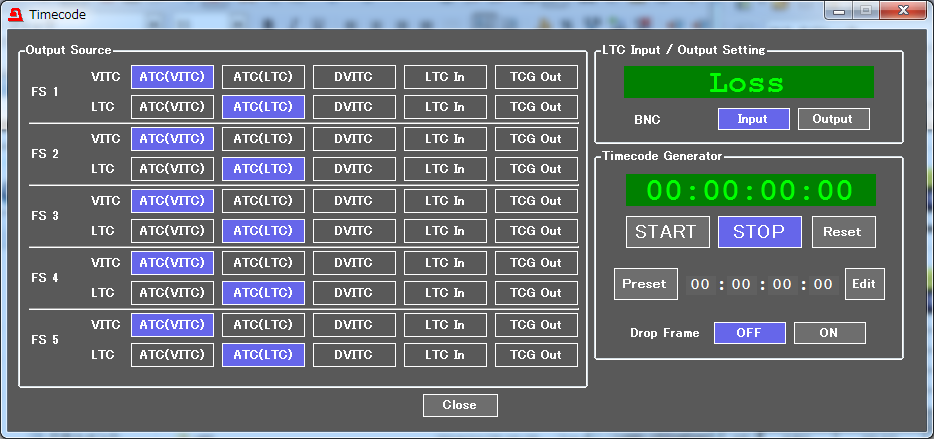
Test signal output
Each channel is able to output a 100%, 75% or SMPTE color bar, or Ramp signal as a test signal.
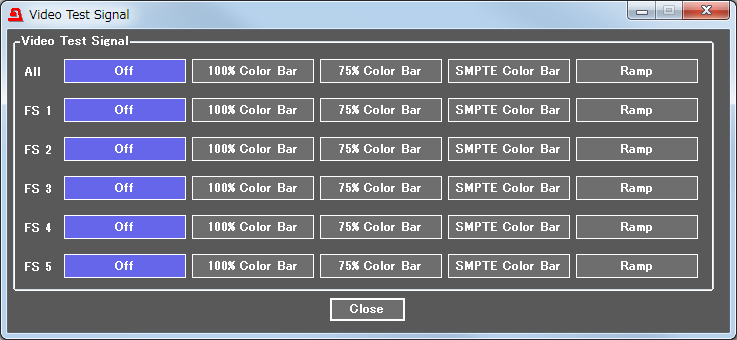
Event memory
Up to 100 different parameter settings are able to be saved in the internal event memory of the main unit. The settings data can be backed up and restored using a PC.
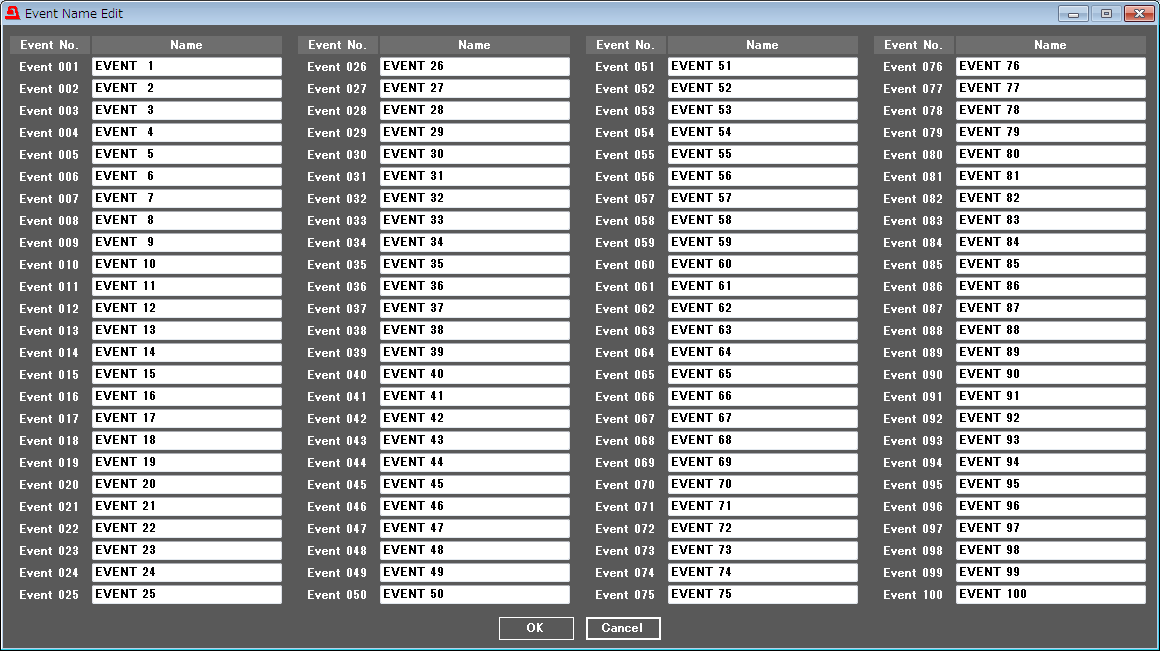
SNMP
SNMP is supported as standard and can even be used to monitor power supply, fan, and signal alarms.
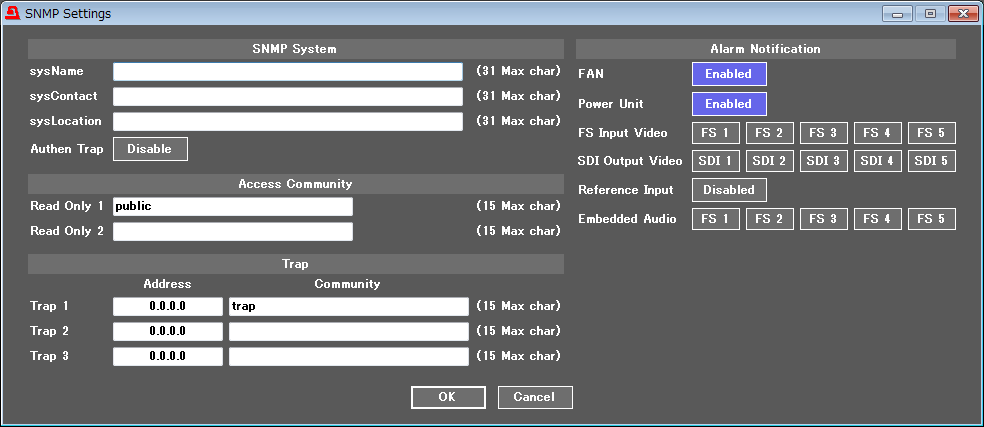
Distribution outputs
Each output of the FA-505 is capable of output distribution. There is no need to prepare a separate distributor in the case an additional output is required.
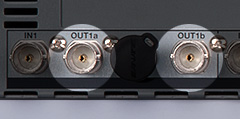
Audio
Sixteen channels of embedded audio for each video line
16 channels of embedded audio per line of 3G/HD (synchronous/asynchronous) or SD-SDI* (synchronous) input supports up to 80 channels of powerful audio input processing on all 5 inputs.
- 12 channels of audio for SD-SDI output
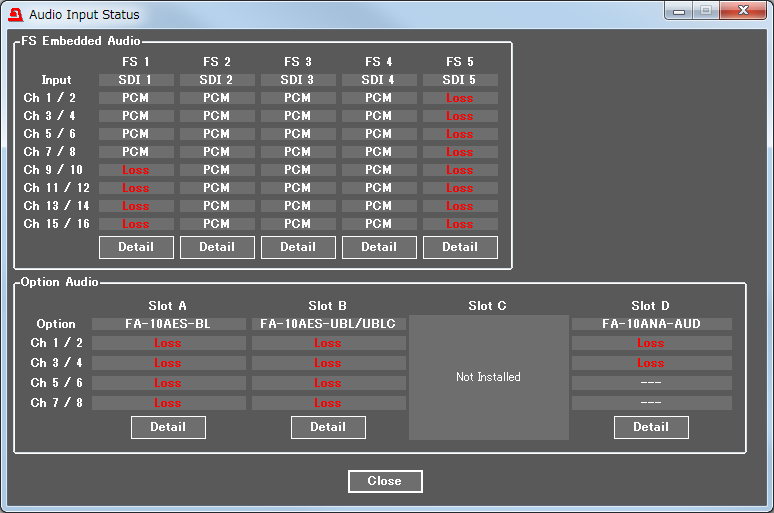
Supports up to 112 channels with the addition of the optional audio card
The FA-505 provides digital and analog audio I/O as options. An optional expansion card allows A/D and D/A conversion, MUX/DEMUX and remapping, in combination with the embedded audio signal.
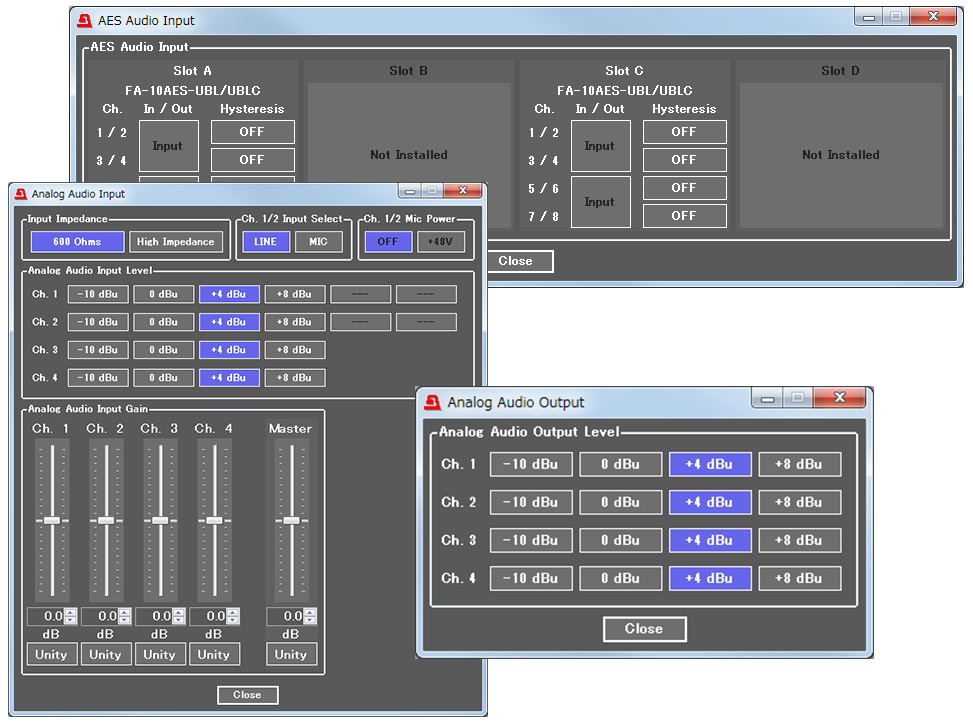
FA-10AES-BL: Balanced digital audio I/O
Enables 4 lines (8 channels) of balanced digital audio input/output.
FA-10AES-UBL: Unbalanced digital audio I/O
Enables 4 lines (8 channels) of unbalanced digital audio input/output (4-channel input/output switching).
FA-10ANA-AUD: Analog audio I/O
Enables 2 lines (4 channels) of balanced or unbalanced analog audio input/output.
Gain adjustment
Gain adjustment available on each audio channel. A Unity button allows values to revert to default at the push of a button.
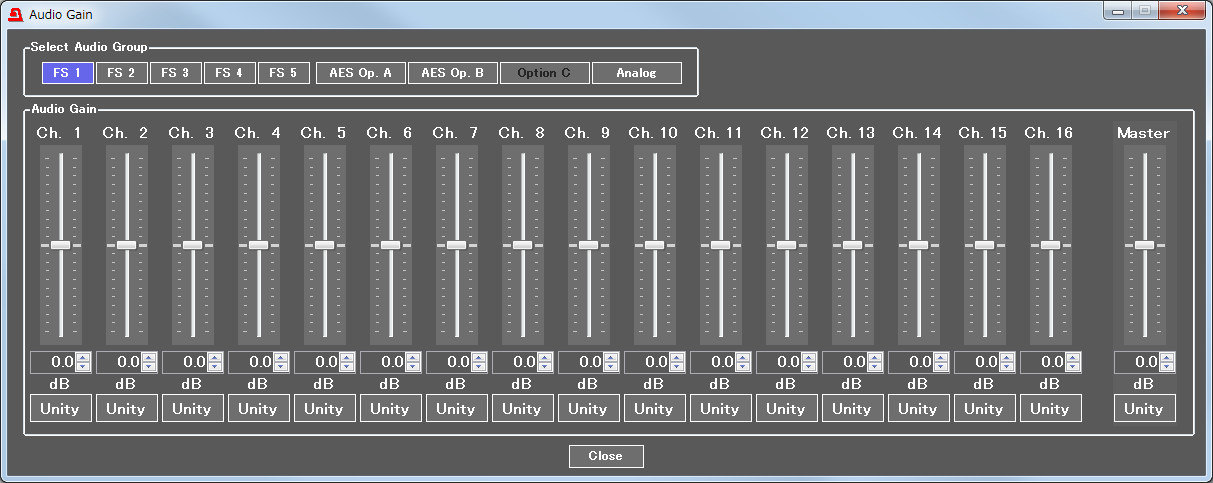
Sampling rate conversion
All digital audio channels come equipped with sampling rate conversion circuits that allow the system output to be synchronized.
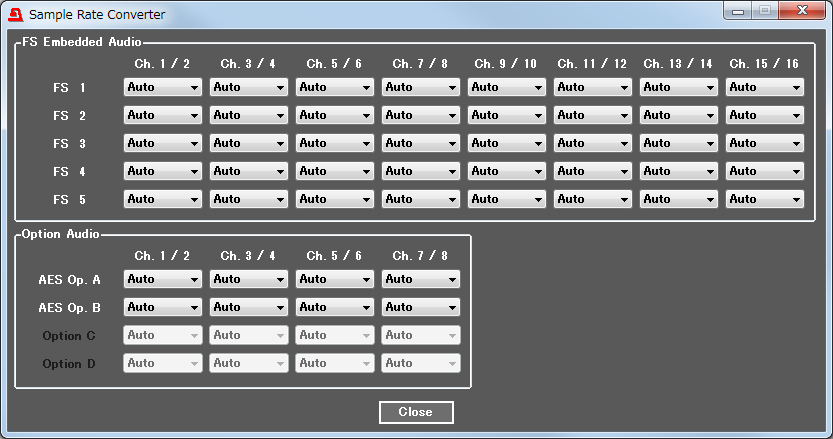
Delay adjustment
Delay adjustment can be set for each audio channel in 1-ms steps, up to 1,000 ms. Collective delay adjustment for each audio grouping is also possible. A Unity button allows values to revert to default at the push of a button.
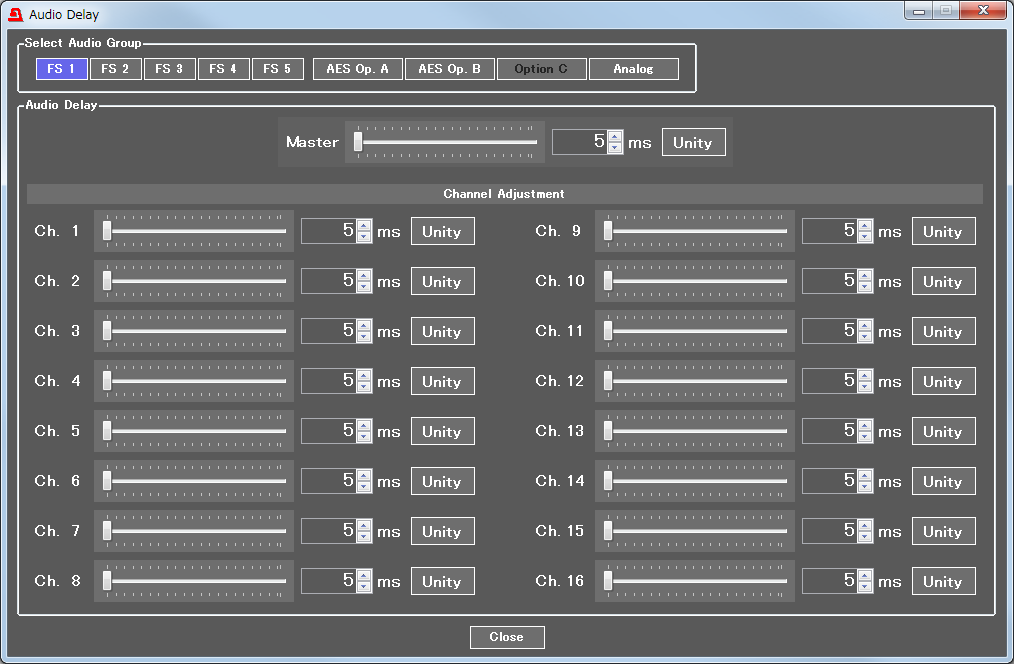
Channel remapping
Audio channels to be embedded into video can be freely changed and re-ordered, remapped, across all five video channels. This function is a useful as a replacement for an optional audio channel or for main- and sub-audio channels.
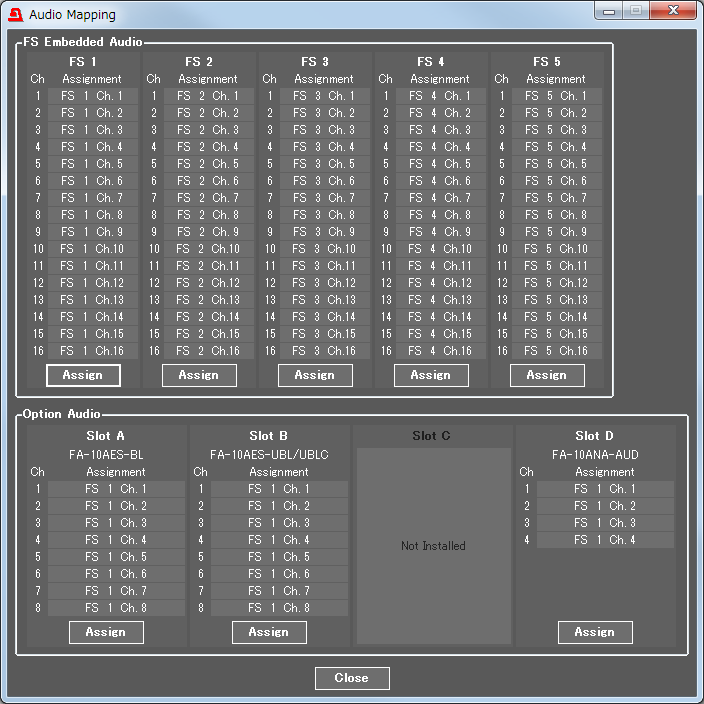
Down-mixing
Useful for tasks such as converting from 5.1-channel audio to stereo, this function allows the assigned channel to be changed to any L, R, Center, Ls or Rs channel, the gain to be adjusted, and the down-mix mode selected. A Mono Sum mode also allows a stereo channel pair to be converted to monaural.
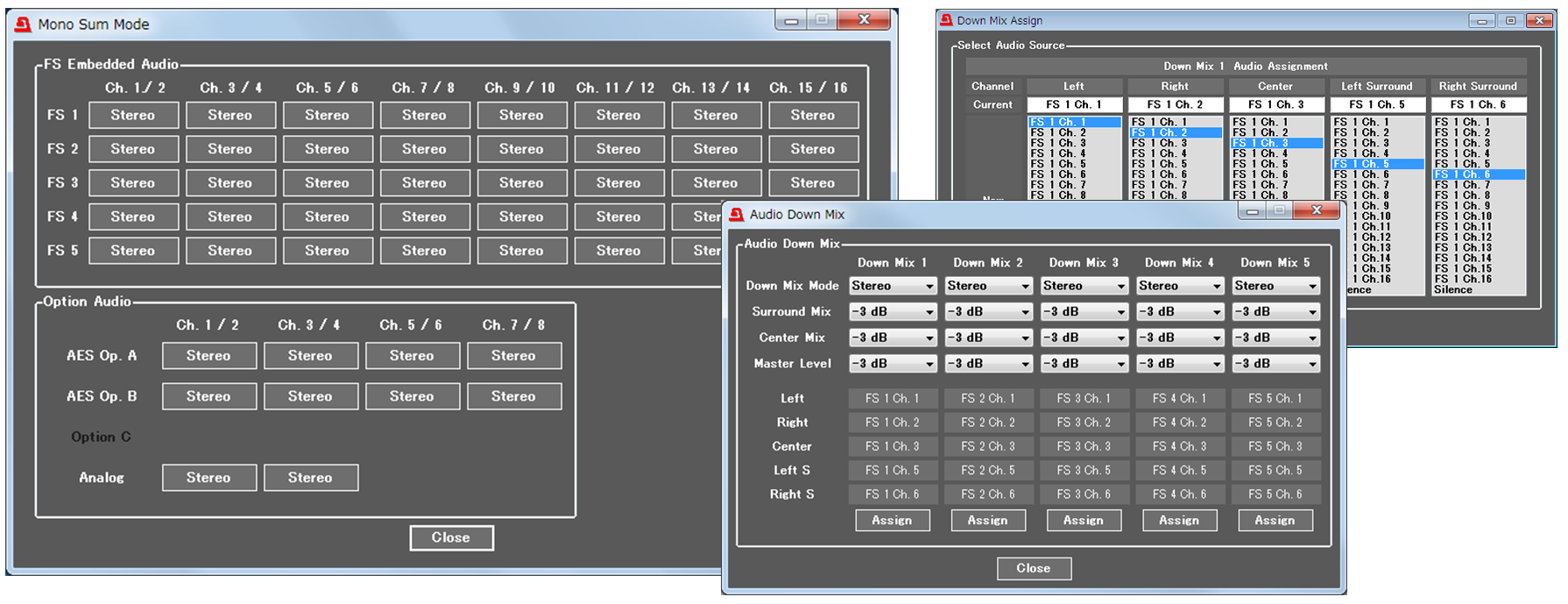
Polarity reversal
The polarity of each audio channel can also be reversed, allowing you to correct an audio channel that has unintentionally fallen out of phase.
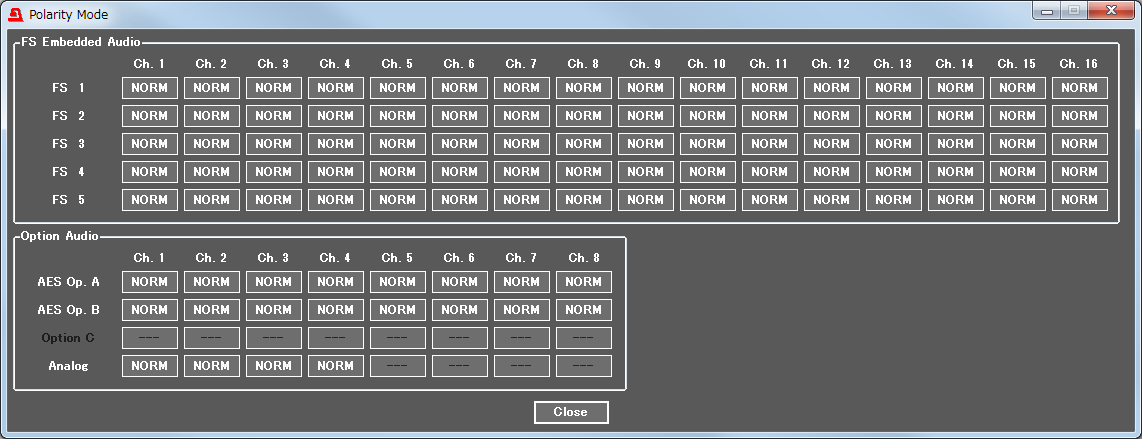
Master mute
This function allows you to mute the audio for each video channel or optional audio card.
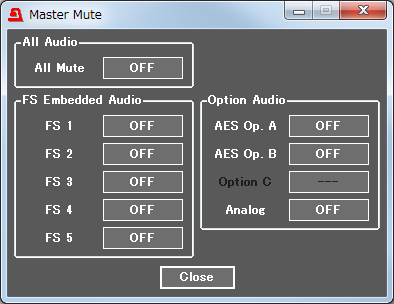
Test signal output
This function allows you to output a 500 Hz or 1 kHz reference signal from each video channel or optional audio card, or a reference signal from each audio channel.
